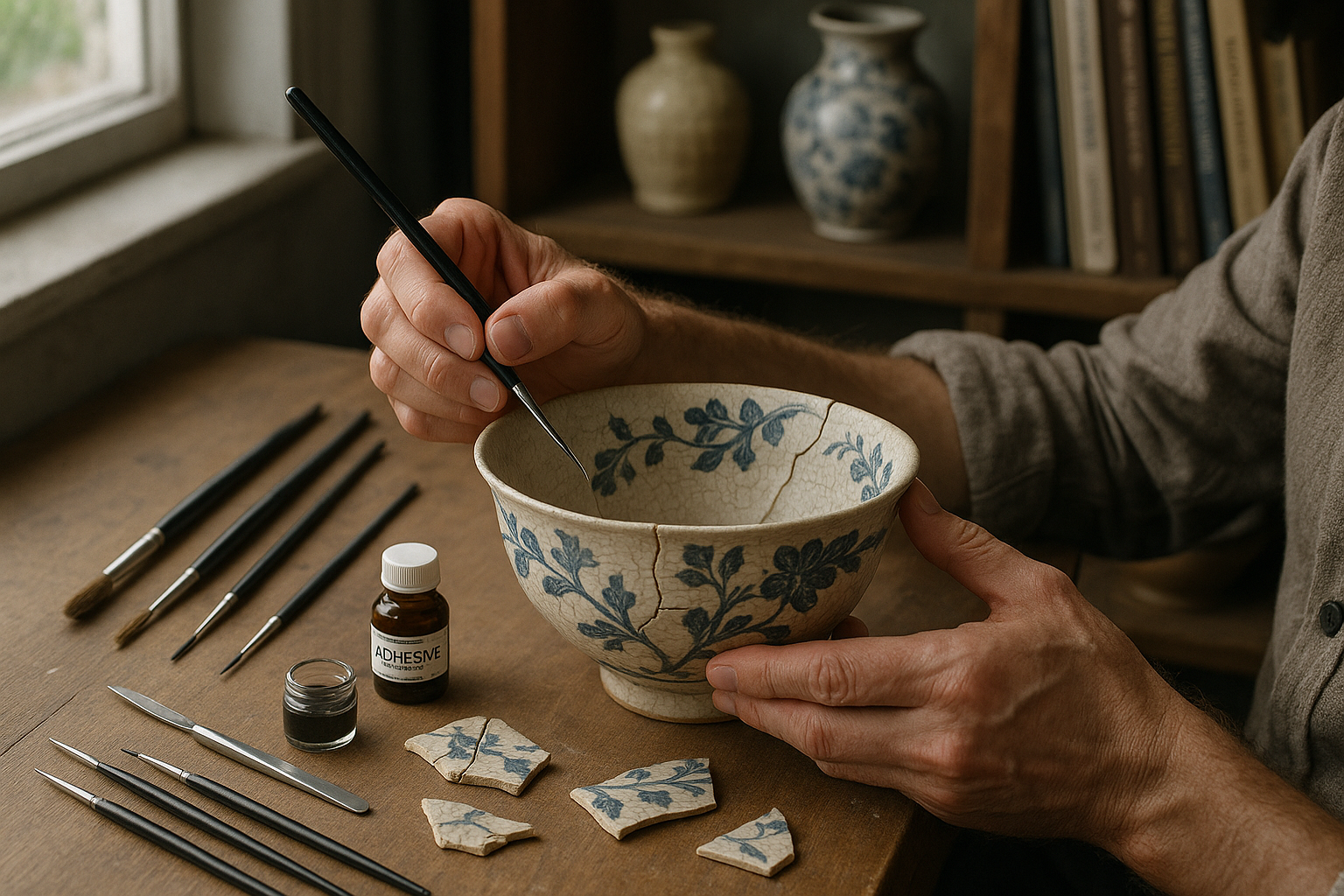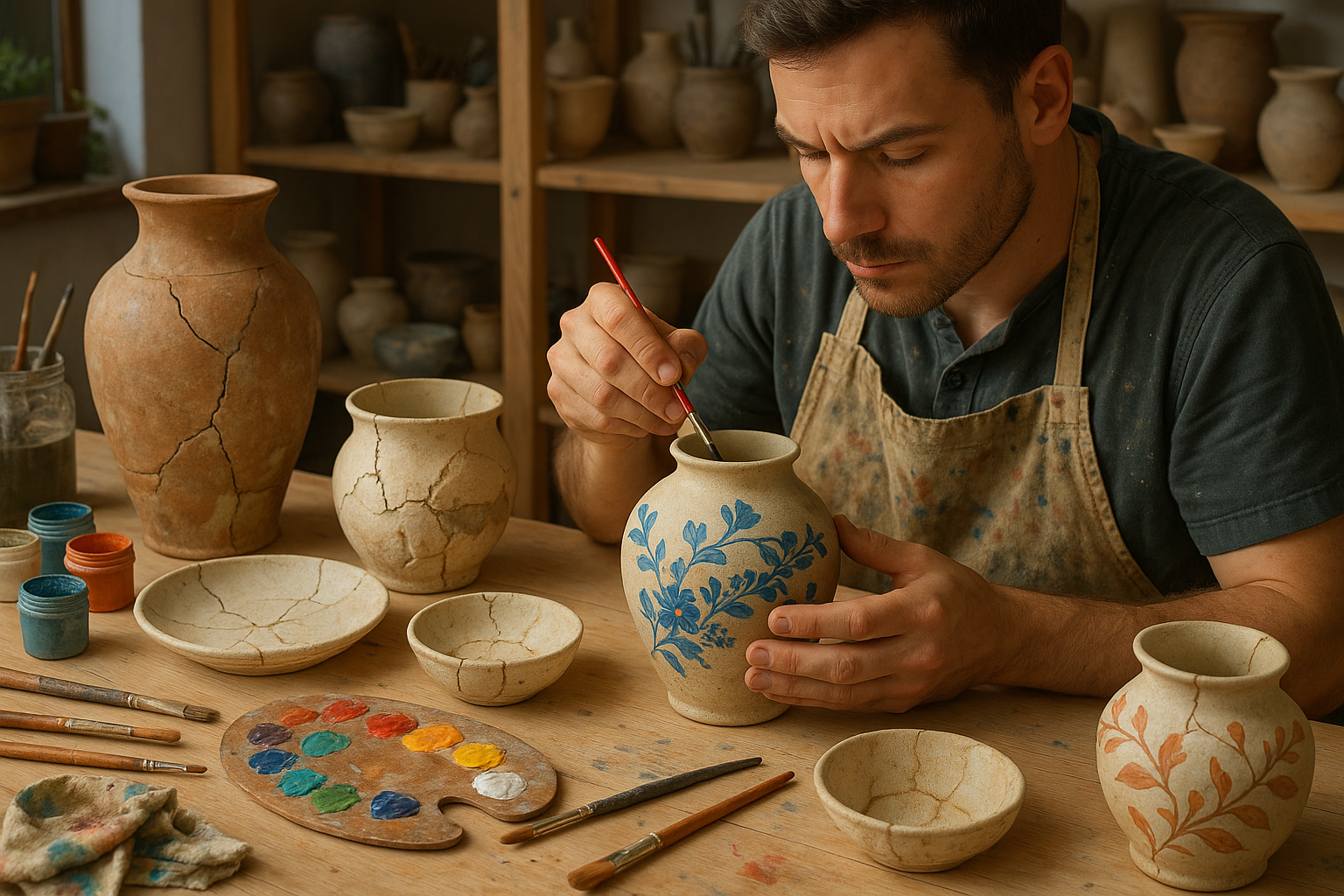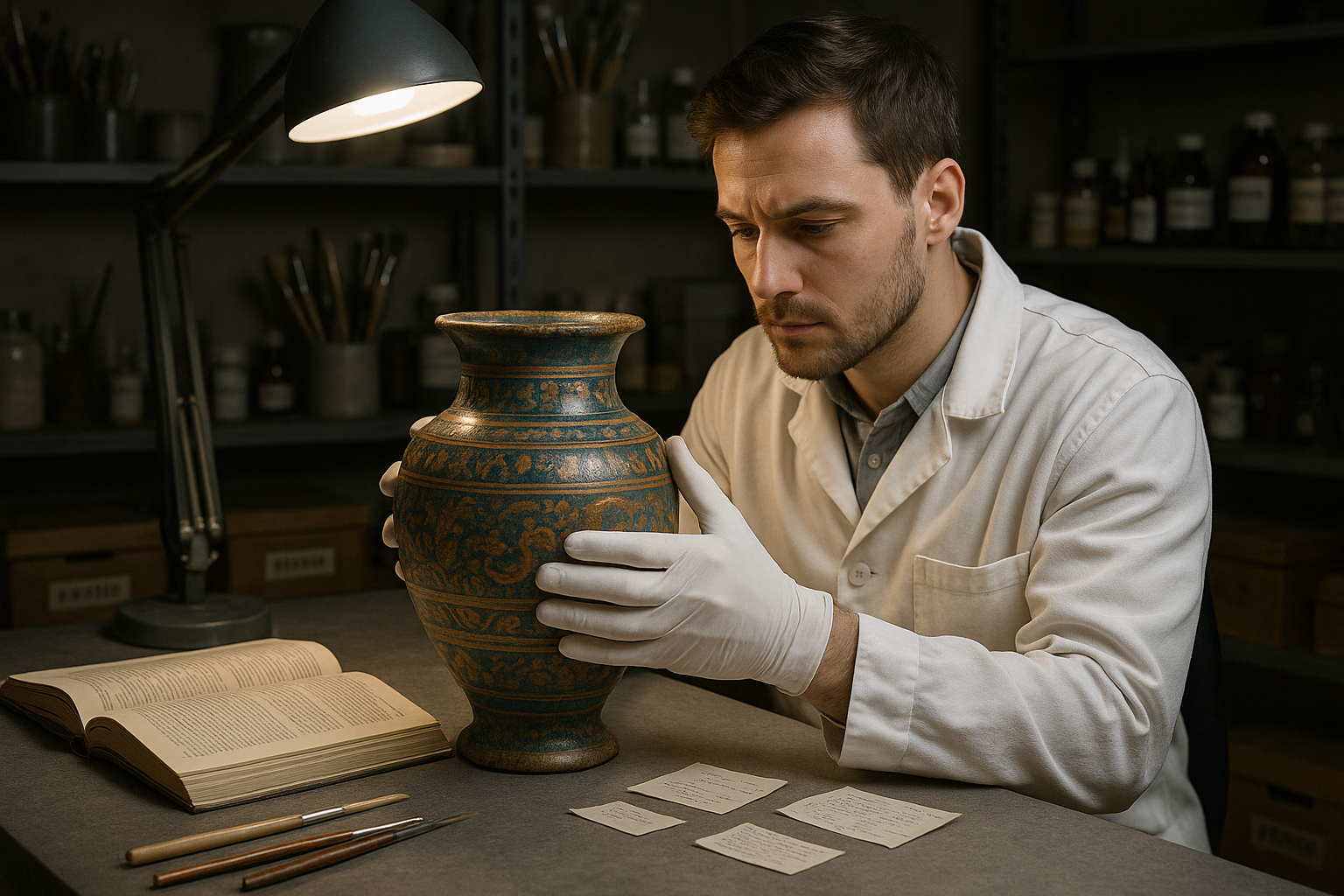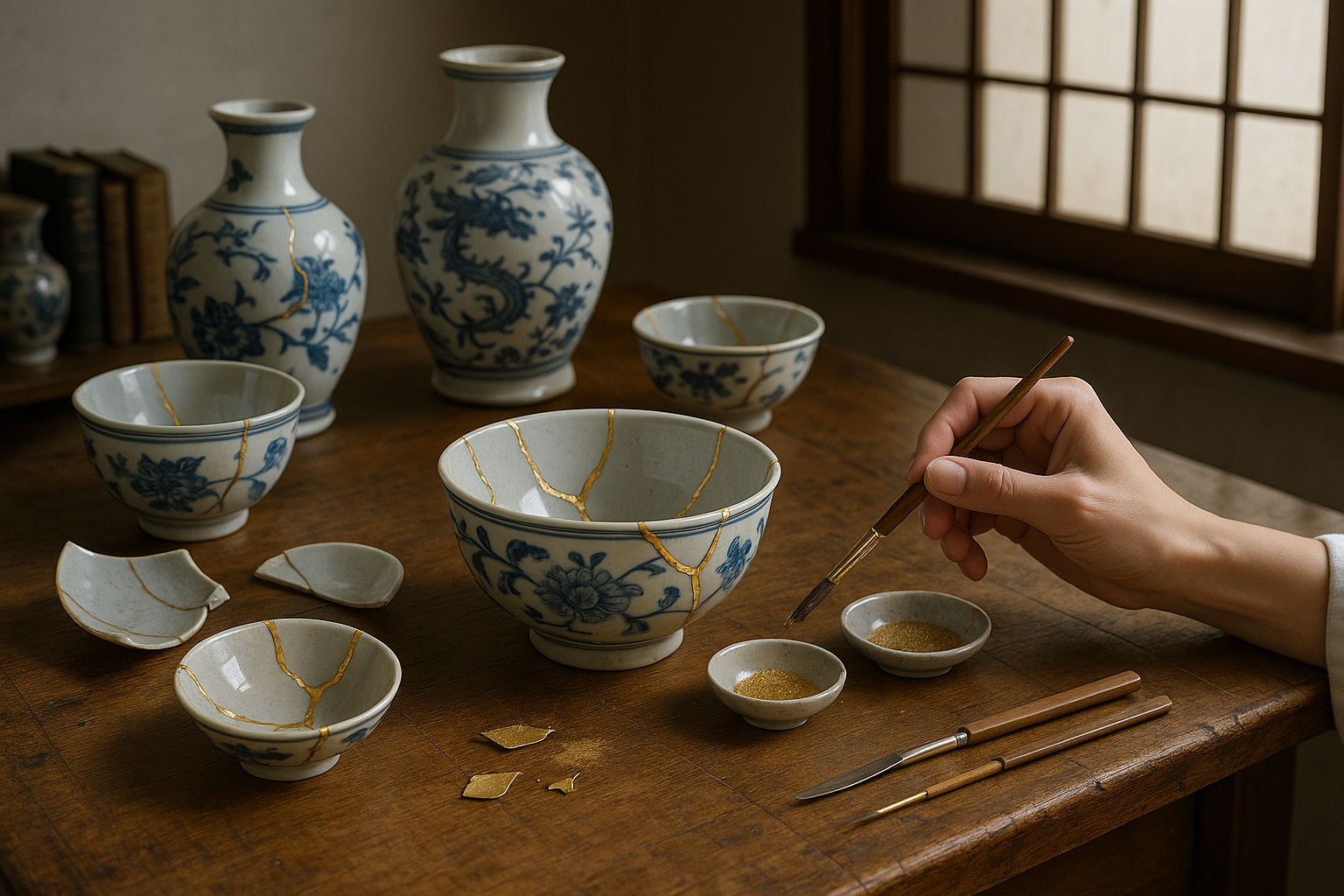In the ever-evolving world of design, finding the perfect balance between innovation and tradition is key to creating captivating projects. One timeless art form that has continued to inspire creatives across generations is the intricate and mesmerizing craft of marbled paper. With its swirling patterns and vibrant colors, marbled paper not only adds a touch of elegance to any project but also offers endless possibilities for personalization and creativity. 🎨✨
Imagine holding a piece of paper that feels like a masterpiece in itself—a canvas of colors dancing in harmony, each pattern unique and unrepeatable. This is the essence of marbled paper, an art that dates back centuries and has its roots in various cultures around the globe. From ancient Japan’s ‘suminagashi’ to Turkey’s ‘ebru,’ the techniques have evolved, yet the allure remains unchanged.
Why is marbled paper so captivating? For one, its creation is an art form that demands both skill and spontaneity. The process involves floating pigments on water or a viscous solution, then skillfully manipulating them to form intricate designs before transferring them onto paper. This technique results in patterns that are as unpredictable as they are beautiful, making each piece a one-of-a-kind work of art. Whether used in bookbinding, stationery, or home decor, marbled paper brings a unique flair that elevates any design project.
But how can you harness this traditional craft to enhance your modern design projects? The answer lies in understanding the subtle art of marbled paper matching. By carefully selecting patterns and colors that complement your design vision, you can create cohesive and visually striking pieces that stand out in a crowded market. In this blog post, we’ll dive into the fascinating world of marbled paper and explore the many ways it can be used to breathe new life into your work.
Understanding the Craft: The Basics of Marbling
Before you can begin to incorporate marbled paper into your projects, it’s important to understand the basics of the craft. We’ll cover the history of marbling, the various techniques used by artists, and the types of materials required to get started. This foundational knowledge will provide you with a deeper appreciation for the art form and inspire you to experiment with your own creations.
The Art of Matching: Patterns and Colors
Once you’re familiar with the basics, the next step is mastering the art of matching marbled paper with your design projects. This involves a keen eye for detail and an understanding of color theory. We’ll guide you through the process of selecting the right patterns and colors to complement your designs, whether you’re working on a book cover, a greeting card, or an interior design project. 🌈
Incorporating Marbled Paper: Practical Applications
With your newfound knowledge of marbled paper matching, the possibilities are endless. We’ll explore practical applications of marbled paper in various fields, from traditional uses like bookbinding and stationery to more contemporary applications in fashion and digital design. Discover how this versatile medium can be adapted to suit your unique style and vision.
DIY Marbling: Get Started with Your Own Projects
For those eager to try their hand at marbling, we’ll provide a step-by-step guide to creating your own marbled paper at home. Learn about the tools and materials you’ll need, as well as tips and tricks for achieving the best results. Whether you’re a seasoned artist or a curious beginner, this section will empower you to dive into the world of marbling with confidence. 🖌️
In a world where mass production often overshadows craftsmanship, marbled paper stands as a testament to the beauty of handmade art. By exploring its rich history and embracing its potential, you can transform your design projects into truly unique expressions of creativity. So, are you ready to discover the art of marbled paper matching and elevate your work to new heights? Let’s embark on this colorful journey together!
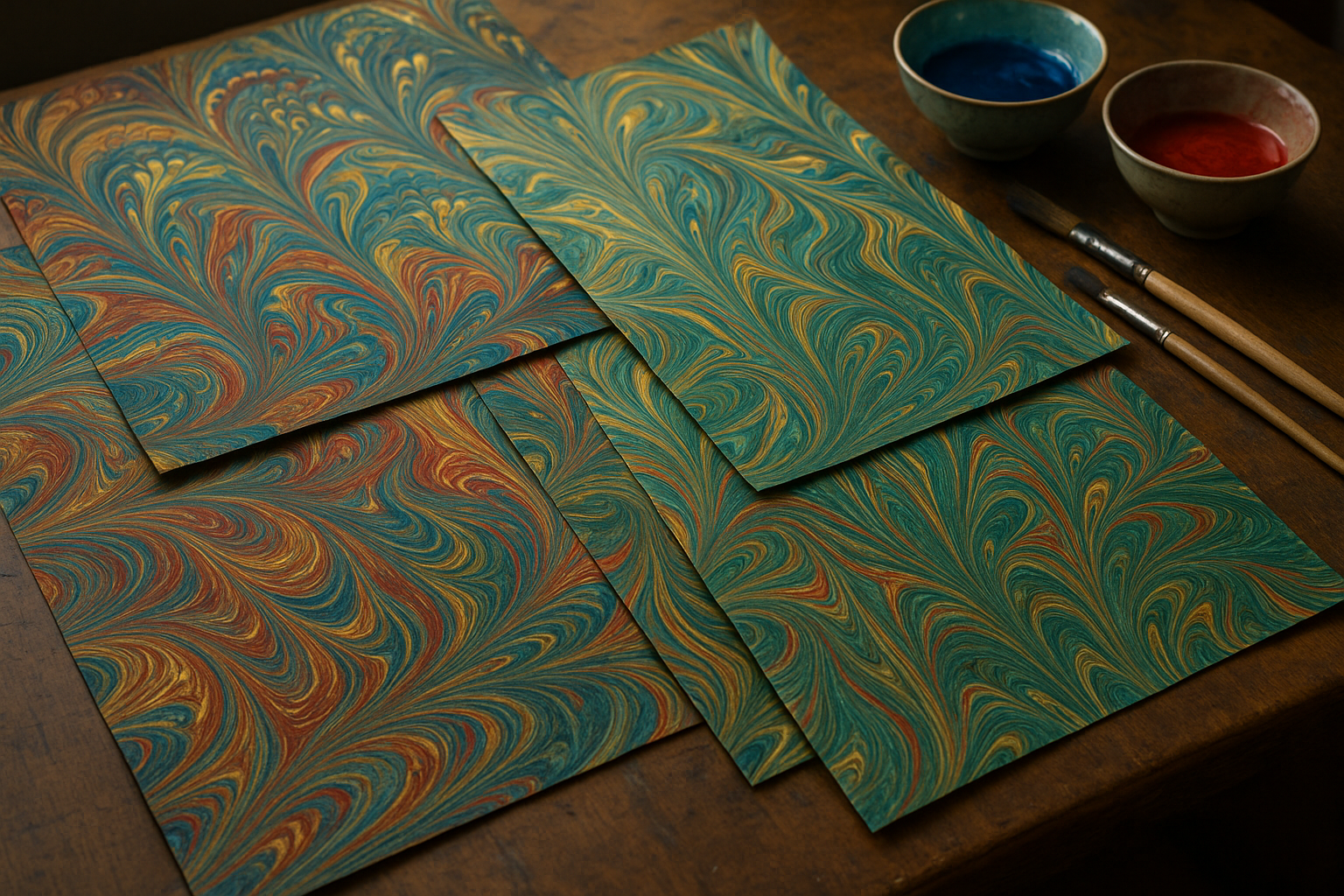
Conclusion
The exploration of marbled paper matching reveals a profound intersection between traditional craftsmanship and modern design innovation. Throughout this article, we have journeyed through the rich history and intricate techniques that define this art form, highlighting its potential to elevate design projects with its unique patterns and vibrant colors.
Initially, we delved into the origins of marbled paper, tracing back to its roots in East Asia and its subsequent evolution in Europe. This historical perspective underscores the enduring appeal and versatility of marbling techniques. The traditional methods, such as the use of carrageenan and alum, have been preserved and adapted over centuries, offering designers a tactile connection to the past while providing a canvas for modern creativity.
One of the key points discussed was the process of creating marbled paper. We examined the step-by-step techniques that artists employ to achieve the mesmerizing swirls and patterns characteristic of marbled designs. From the meticulous preparation of the marbling bath to the careful manipulation of colors and the final transfer to paper, each stage demands both precision and artistic intuition.
Moreover, we explored the various applications of marbled paper in contemporary design. Its adaptability makes it suitable for a wide range of projects, from bookbinding and stationery to interior decoration and fashion. The unique aesthetic of marbled paper can transform ordinary objects into works of art, adding a touch of elegance and sophistication.
Beyond its aesthetic appeal, marbled paper also encourages sustainable practices within the design community. Many artists and designers are now embracing eco-friendly materials and techniques, ensuring that the art of marbling can be enjoyed responsibly. This commitment to sustainability not only preserves the environment but also supports the longevity of this ancient craft.
Furthermore, the art of marbled paper matching offers a unique avenue for personal expression. The infinite combinations of colors and patterns allow designers to create truly personalized pieces that reflect their individual style and vision. This aspect of customization is particularly valuable in a world where uniqueness is highly prized.
In reinforcing the importance of marbled paper in the design industry, we acknowledge its role in fostering creativity and innovation. The art of marbling is not merely a decorative technique; it is a medium through which artists can push boundaries and challenge conventional design norms. Its inherent unpredictability invites experimentation, leading to novel and unexpected outcomes.
As we conclude our exploration, it is evident that marbled paper holds a timeless allure that continues to captivate designers and artists worldwide. Its ability to blend tradition with modernity, artistry with functionality, makes it an invaluable tool for those seeking to infuse their projects with a distinctive flair.
We encourage you, dear reader, to embrace the art of marbled paper matching in your own creative endeavors. Whether you are a seasoned designer or a novice enthusiast, there is something truly magical about the marbling process that can inspire and elevate your work. Share your experiences, collaborate with fellow artists, and explore the endless possibilities that marbled paper offers. 🌟
If this topic has sparked your interest, consider sharing this article with your network or leaving a comment below with your thoughts and ideas. Let’s continue the conversation and explore how we can further integrate this beautiful art form into our design practices. Together, we can ensure that the legacy of marbled paper endures for generations to come.
For further reading and inspiration, you may explore some resources like It’s Nice That: The Art of Paper Marbling and MoMA: Paper Marbling. These resources offer valuable insights and showcase stunning examples of marbled paper artistry.
Thank you for joining us on this journey through the captivating world of marbled paper. May your future projects be as unique and inspiring as the patterns you create! 🎨
Toni Santos is a restoration artist and historical design specialist devoted to reviving the beauty and soul of the past. Through meticulous craftsmanship and a deep respect for heritage, Toni brings antiques back to life—preserving not just objects, but the stories they carry through time. With hands trained in traditional restoration techniques and an eye for age-worn elegance, Toni restores furniture, artworks, artifacts, and heirlooms with precision and reverence. His work reflects a belief that restoration is not correction—it’s conversation between the old and the present. Blending artistry, conservation ethics, and historical research, Toni approaches every piece as a narrative in wood, metal, leather, or fabric—each with scars that speak of eras gone by. Whether repairing a hand-carved chair or reviving a forgotten painting’s vibrance, he respects the integrity of original craftsmanship while honoring its continued life. As the creative force behind Vizovex, Toni shares before-and-after showcases, restoration walkthroughs, and visual essays exploring the techniques and philosophies behind authentic antique revival. His platform celebrates: The timeless value of handcrafted work The quiet artistry of repair and preservation The cultural memory embedded in material objects The delicate balance between age and renewal For collectors, curators, artisans, and lovers of legacy, Toni’s world is an invitation to see restoration not as fixing what’s broken—but as restoring what still lives beneath the dust of time.

